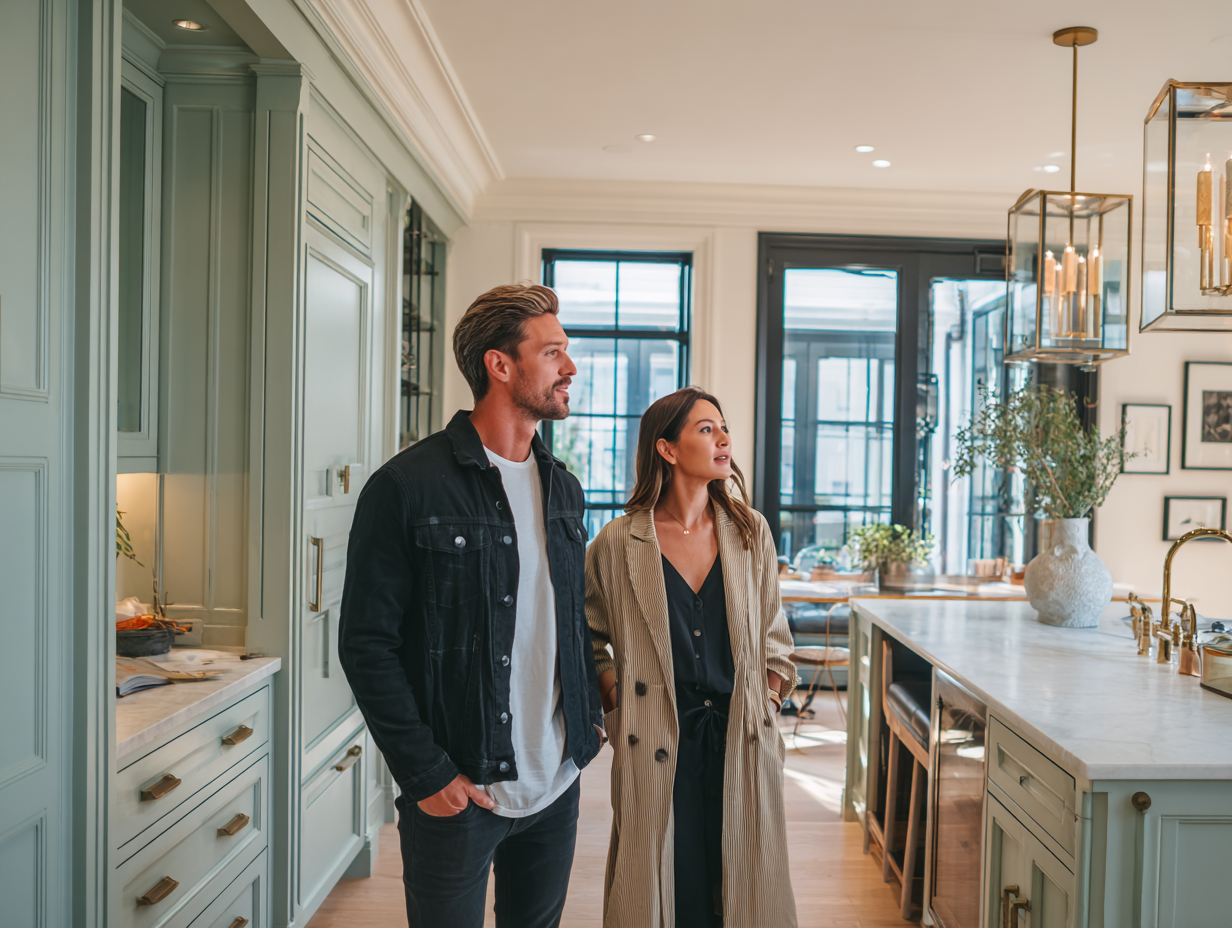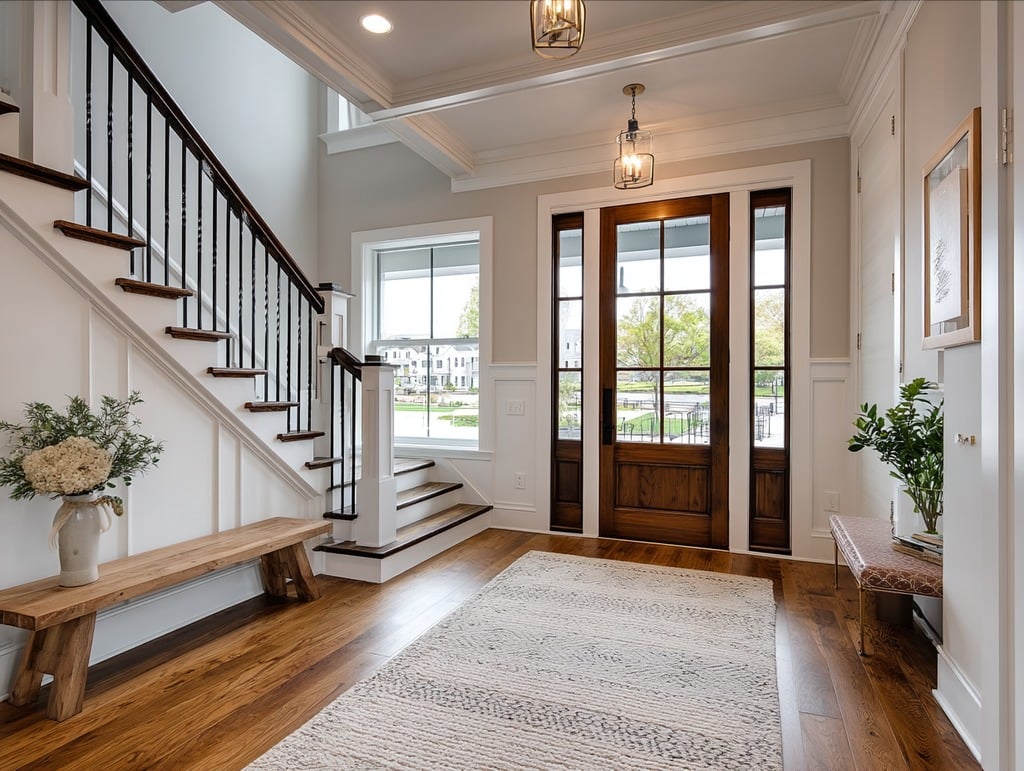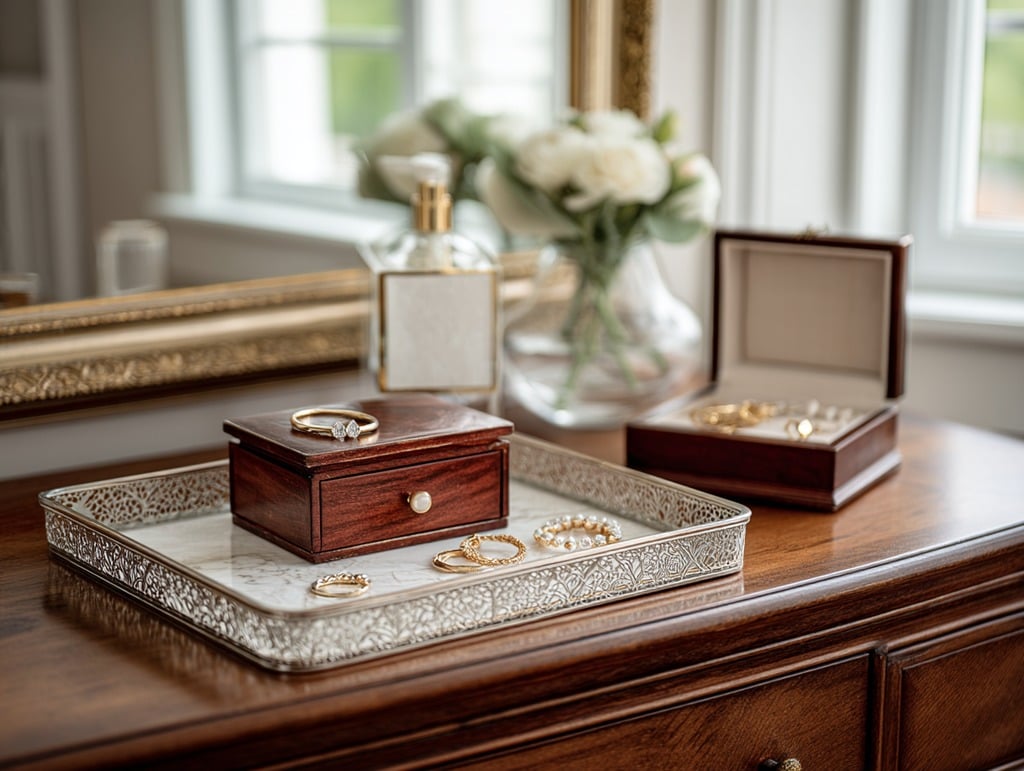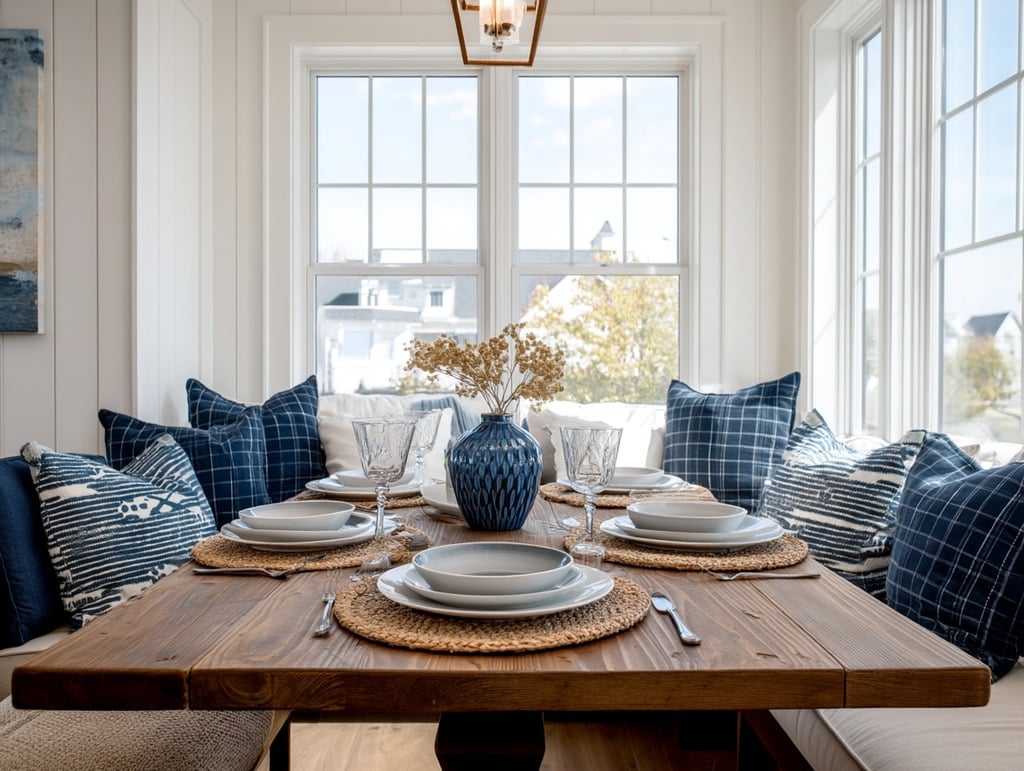You’ve cleaned. You’ve decluttered. You’ve staged each room to look like something out of a magazine spread. Your home is listed, the professional photos are up, and now comes the moment you’ve been working toward: your first showing.
The night before that first prospective buyer walks through the door is more important than most homeowners realize. It’s the final chance to set the stage—not just in terms of aesthetics, but in terms of psychology. Because when buyers tour your home, they’re not just evaluating square footage and upgrades. They’re imagining a life—their life—within those walls. And anything that disrupts that vision can kill a sale before it starts.
Whether you’re a first-time seller or a seasoned mover, here’s your comprehensive checklist for the night before your first showing, blending practical tasks with psychological strategy to ensure your home makes the best possible impression.
1. Walk Through as a Buyer—Not a Seller
Start your evening by literally putting on a different pair of shoes—preferably not your own. Step outside, then walk into your house as if you were the buyer seeing it for the first time.
-
What do you notice immediately?
-
Is the entry clean, welcoming, and free of odor?
-
Does anything feel off, overly personal, or outdated?
This exercise helps you shift from being emotionally tied to your home to viewing it as a product. You’re not selling your memories; you’re selling square footage, lifestyle, and potential. Keep that mindset all the way through this list.
2. Set the Mood—Lighting, Temperature, and Scent
Buyers don’t just “see” a home—they feel it. Sensory cues can make or break a showing.
Lighting:
-
Turn on every light in the house, even closet lights. Bright homes feel larger, cleaner, and more inviting.
-
Use warm bulbs, not cold blue LED lights. The goal is a cozy glow, not a hospital vibe.
Temperature:
-
If it’s summer, make sure your HVAC system is cooling effectively. A stuffy house sends the message that systems may be failing or inefficient.
-
In winter, make it comfortably warm—but not hot.
Scent:
-
Avoid strong artificial fragrances. Instead, go for neutral and clean. Open windows for 10–15 minutes to refresh the air.
-
A light citrus or fresh linen candle (used briefly, not lit all night) can be effective—but don’t overdo it.
Subconsciously, buyers are asking: Does this home feel peaceful, safe, and happy? Your job is to make sure the answer is yes.
3. Do a Final Declutter—Especially the Forgotten Spots
You may have already decluttered during the staging phase, but the night before your first showing is a good time to focus on the “blind spots” most sellers overlook:
-
Nightstands and dressers: Remove personal medications, chargers, or jewelry.
-
Bathroom counters: One or two items at most. Tuck away toothpaste tubes, razors, and extra toiletries.
-
Kitchen sink and countertops: No dirty dishes. No drying rack. No sponge in sight. Empty the trash can.
-
Laundry: Either completely empty or concealed. Buyers shouldn’t see your undergarments or half-washed clothes.
-
Inside closets and cabinets: Buyers will peek. An overstuffed closet signals insufficient storage.
This is less about cleanliness and more about psychology: clutter reminds buyers that someone else lives here, breaking their illusion of ownership.
4. Hide or Neutralize Highly Personal Items
The first showing is not the time to celebrate your hobbies, politics, or family milestones. You want buyers to emotionally “move in,” and that’s harder if your home screams you.
-
Remove wedding photos, diplomas, and anything with your name on it.
-
Tuck away religious items, political memorabilia, and anything controversial.
-
Scale back kid art, quirky collections, or pet paraphernalia.
Think hotel—not home. Tasteful, warm, and impersonal.
5. Prep the Bedrooms—Because They Sell the Dream
Bedrooms are where buyers envision rest, privacy, and personal time. Make these rooms feel like serene sanctuaries:
-
Smooth out every wrinkle in bedspreads and fluff the pillows.
-
Clear off nightstands (again—just a lamp and maybe a book or plant).
-
Close closet doors neatly, or if open, make sure contents are tidy.
-
Ensure curtains are evenly hung and open to natural light.
Don’t forget the kids’ rooms. Tidy up toys, make the bed neatly, and tone down the theme if it’s too niche (think giant Spider-Man murals or neon gaming lights).
6. Clean Like a Buyer’s Mother-in-Law Is Coming
You probably already deep cleaned for staging, but do a quick re-clean of high-impact areas:
-
Wipe fingerprints from doorknobs, light switches, fridge doors.
-
Sweep or vacuum entry areas and stairs.
-
Shine mirrors and faucets—sparkle sells.
-
Spot-clean baseboards and walls, especially near corners and hallways.
Buyers forgive some imperfections—but if a home feels dirty, it feels uncared for. And that’s a red flag no amount of granite countertops can hide.
7. Secure Valuables and Sensitive Information
You’d be surprised how often this is forgotten. You don’t know the people coming into your home, and even with an agent present, opportunistic behavior happens.
-
Lock up jewelry, cash, prescription meds, and small electronics.
-
Secure mail, checkbooks, and documents with account numbers or personal information.
-
Store spare keys and garage door openers out of sight.
Even a slight unease in a buyer’s mind—say, seeing an open drawer with bank statements—can shift their emotional response to your home.
8. Set the Dining Table or Add a Fresh Touch
This isn’t about serving dinner—it’s about subtle lifestyle cues.
-
A simple table setting with plates, napkins, and a low centerpiece helps buyers envision holidays or dinner parties.
-
Fresh flowers in the kitchen or dining area can make the space feel high-end and cared for.
-
A bowl of lemons or green apples adds a vibrant, photo-worthy touch that signals cleanliness and attention to detail.
Think of it as visual storytelling. You’re not just selling a space; you’re selling a lifestyle.
9. Handle the Pets—Their Smell, Hair, and Presence
Even pet lovers don’t want to see or smell evidence of your furry friends when evaluating a home.
-
Vacuum thoroughly to eliminate pet hair.
-
Clean and be ready to remove litter boxes and puppy pads.
-
Be prepared to store away food bowls, pet beds, and toys.
-
Most importantly: remove pets from the house during showings if possible. Barking dogs and roaming cats are distractions and sometimes deal-breakers.
If you can’t take your pet with you, secure them in a crate and leave a polite note for agents to avoid stress or mishaps.
10. Leave the Home, But Don’t Just Leave
Don’t be tempted to hover or linger during a showing. Buyers need space to imagine the home as theirs—without the pressure of your presence.
But before you go, do a final sweep:
-
Close all toilet lids.
-
Turn off ceiling fans unless needed for airflow.
-
Put away dish towels, bath towels, and laundry baskets.
-
Double-check that all lights are on, blinds are open, and the thermostat is set.
Then leave about 10–15 minutes early so you’re not rushing or running into the showing party.
11. Create a Psychological Clean Slate
Beyond cleanliness and staging, you’re setting an emotional tone. Subtle cues matter:
-
Soft instrumental music playing on a low volume can create ambiance.
-
Leave a small sign or flyer that shares helpful info: upgrades you’ve made, school ratings, HOA perks, or neighborhood highlights.
-
Include a feature sheet with room dimensions, utility info, or floor plans.
These gestures don’t just inform—they give buyers something tangible to connect with.
12. Visualize a Sale—Your Energy Matters
This may sound like pseudoscience, but there’s real power in mindset. Take a moment to visualize the showing going well. Picture the buyers smiling, picturing themselves on your porch or around your kitchen island.
This doesn’t just calm your nerves—it subtly shifts your approach from anxious to confident. That energy shows in the space you leave behind.
Buyers may not consciously register it, but a home that “feels” confident and welcoming sticks with them longer than one that feels rushed, desperate, or emotionally clingy.
Final Thoughts
Selling a home is part business, part emotion, and part theater. Your job the night before your first showing is to make sure the stage is perfectly set for the buyers—not just with sparkling floors and fluffy pillows, but with an experience that makes them feel at home.
By tapping into not just logistics but buyer psychology, you give yourself a powerful edge in a competitive market. And while it might feel like a lot of prep, remember: first impressions aren’t just lasting—they’re often deciding.
So fluff the pillows, light that candle (for just a minute), and walk out the door knowing you’ve done everything you can. The rest? It’s showtime.














